Park one in your garage for your grandchildren to sell at auction.The people that bough into Fisker's hype are basically boned, and no one in their right mind will want those cars still in stock even if they are heavily discounted, which is happening right now! I have read elsewhere that the serious problems with that car go to the point that the power generated by the solar power goes nowhere. Nightmare indeed!
You are using an out of date browser. It may not display this or other websites correctly.
You should upgrade or use an alternative browser.
You should upgrade or use an alternative browser.
What are you driving?
- Thread starter Plains-Cow
- Start date
stfoskey12
Emperor of Foskania
I should have also quoted this bit:
This writer has driven a car equipped with the technology, and while it would be unfair to name and shame particular manufacturers, things are a little hit-and-miss. Road signs are not always interpreted correctly, and maps are not always up to date, meaning the car is occasionally convinced that the speed limit differs from reality, with various beeps and vibrations to demonstrate its belief.
That would be my concern with the technology. I drove a rental car one time that would chime at you once if you drove more than 5 mph above the speed limit. Sometimes it would get the speed limit wrong and was annoying.
In terms of speed limiting technology, some sort of governor to prevent a car from going above 90 mph/150 kph (say) might do something for road safety and be easier to implement. But I'm not sure how many crashes are caused by that sort of crazy speeding.
Albuquerque has a hot dry and mostly rust free climate so we have lots of vintage cars around. I take afternoon walks around our neighborhood park doing enough laps to accumulate ~2 miles worth of walking. Yesterday I saw this car parked.

A closer look revealed:
It is a mid 1960s Pontiac GTO. Classic muscle car of that era. The car was just visiting those folks.


A closer look revealed:
Spoiler :
It is a mid 1960s Pontiac GTO. Classic muscle car of that era. The car was just visiting those folks.
To add to my "cars are stupidly cheap in the UK" rant, and since here seems more appropriate as they are mostly ICE's (I have no association with the company other than as a customer):I very vaguely thought about buying an EV recently, this sold for just over a grand (and two others like it) , when it was ~£15k last year. Second hand cars are stupidly cheap in the UK though, this just sold for under £20k and is effectively new and would be over £50k from BMW.
Spoiler Vehicles in question :2023 AIDEA AA-CARGO Passenger Tricycle Mileage: 9,677
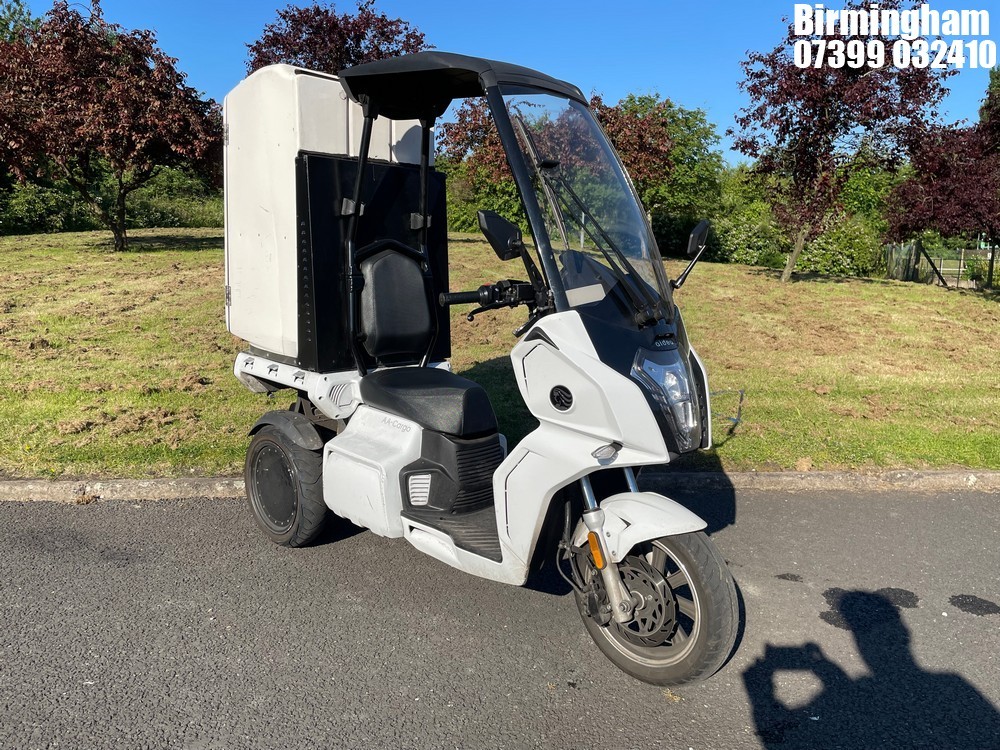
2022 BMW 330I M SPORT Mileage: 1,221

"Interesting" cars can hold their value:
- 1997 TOYOTA CELICA 25TH ANNIVERSARY £820
- 2002 BMW 325 CI SPORT AUTO Convertible £521 (could this go to the last list?)
- 2011 PORSCHE CAYENNE V6 D TIPTRONIC £5,550
- 2021 TESLA MODEL 3 LONG RANGE AWD £15,000
- 2017 DACIA SANDERO AMBIANCE (Mileage: 34,838) £2,220
- 2015 MERCEDES-BENZ E250 AMG NIGHT EDITION £1,570
- 2016 MAZDA 6 SE-L NAV D £900
- 2017 FORD FOCUS ZETEC EDITION TDCI Estate £1,400
- 2012 CHEVROLET ORLANDO LT MPV £210
- 2002 MERCEDES CLK 500 ELEGANCE £311
- 2001 MERCEDES SLK 320 £490
- 2001 MERCEDES CLK 230 ELEGANCE KOMP £392
- 2005 BMW 320CD M SPORT Coupe £145
Spoiler Pictures :
Interesting
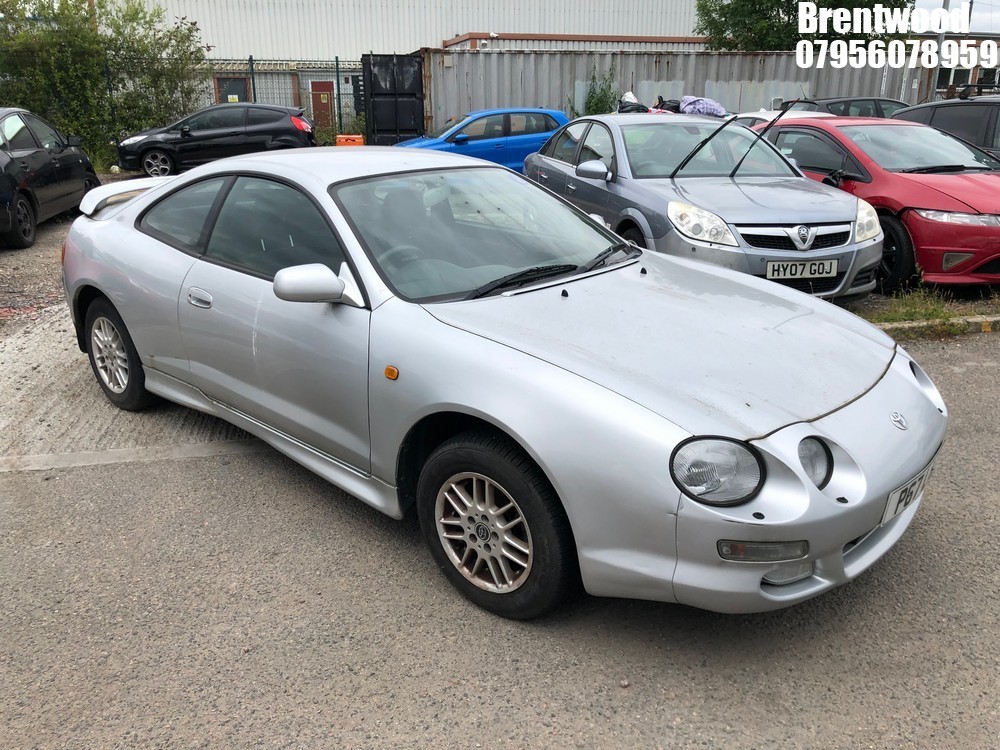



Borring




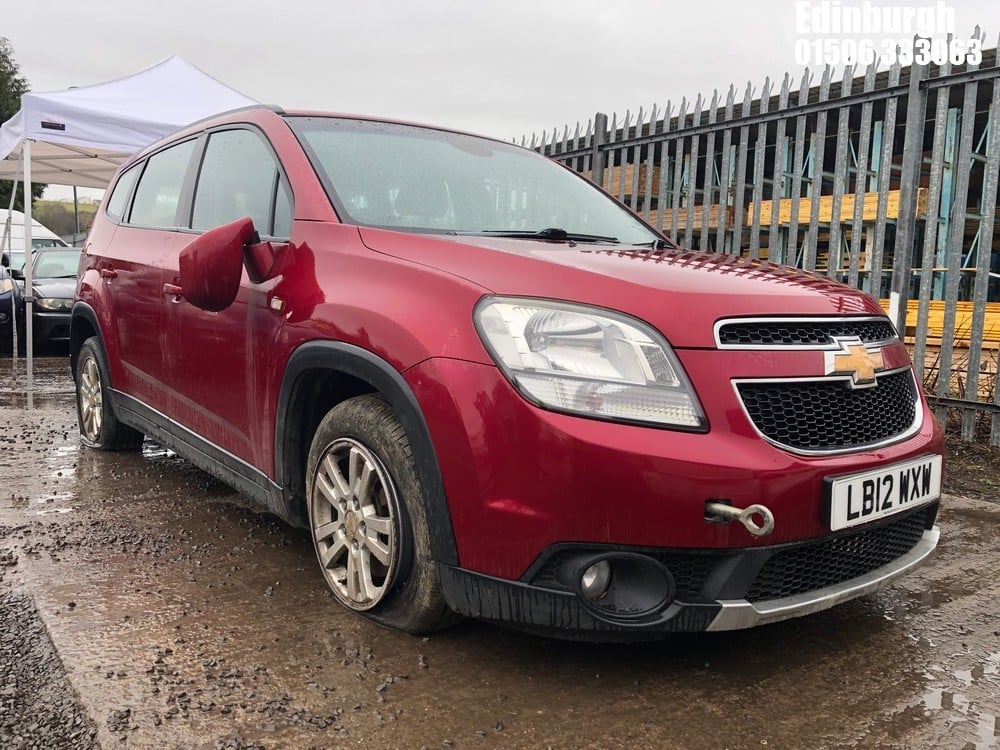
Performance
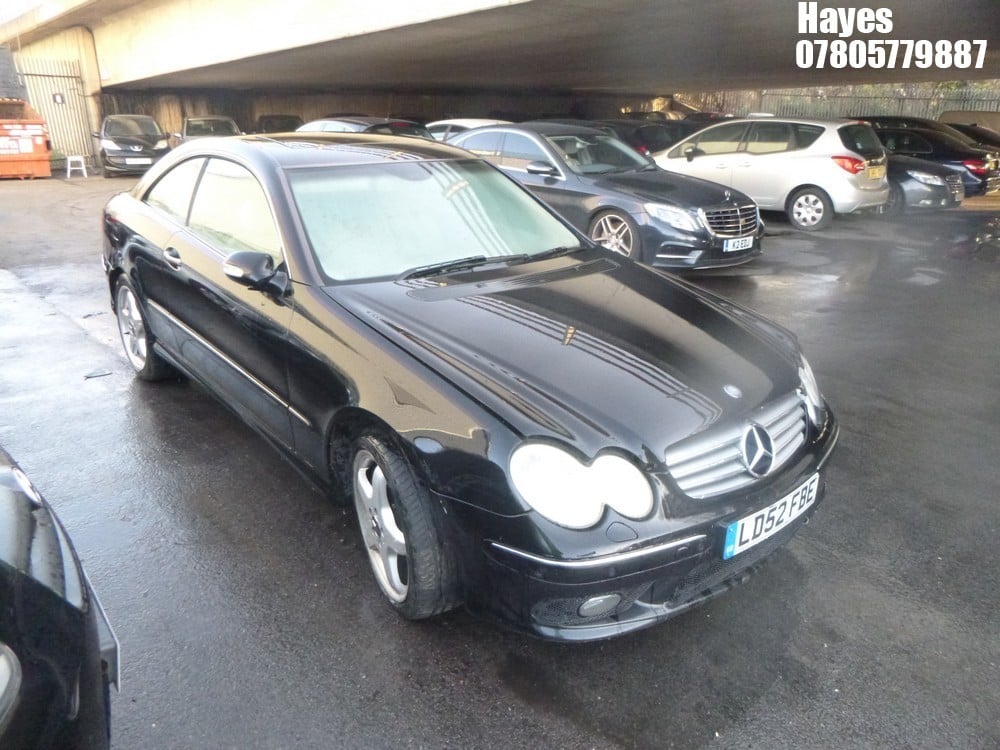
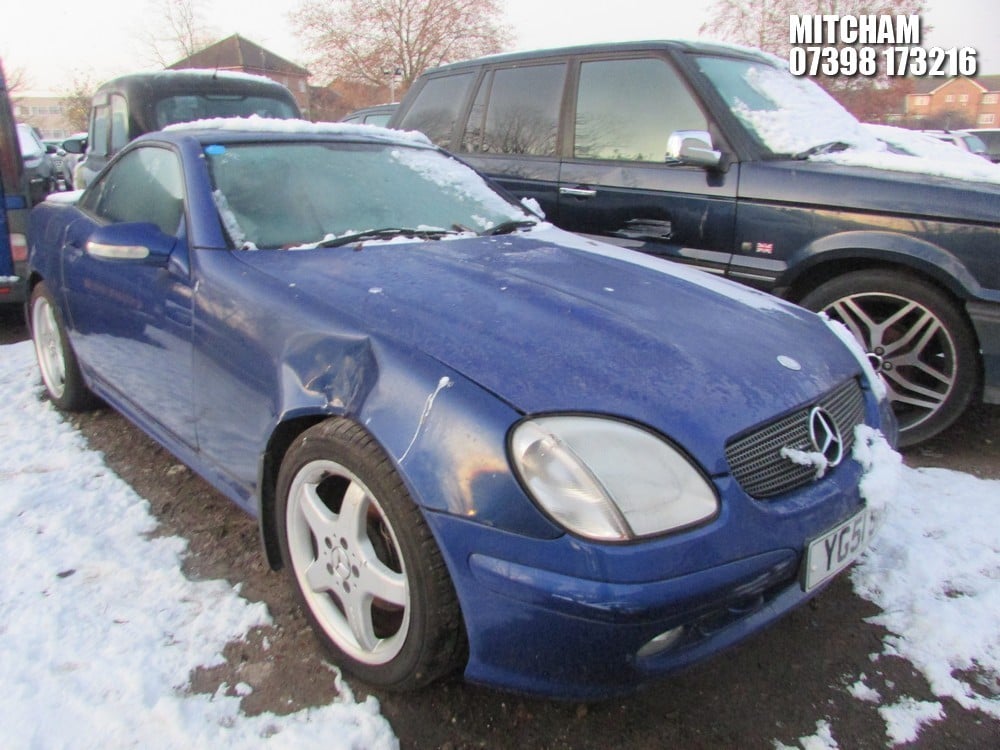






Borring





Performance




Last edited:
I am not quite sure what "line up" means. You see the 2022 BMW 330I from the quoted message lost over 30k/60% in two years without being driven.Those numbers don't exactly line up.
The Sandero was a cheap car to begin with - maybe £7k new? It's lost less than £1k value per year, say 10%
The porsche was maybe £38k new so has lost about 7% per year.
Ordnael
I'll be the roundabout
That Sandero in Portugal can easily cost about 4 times that price...(quickly checks a popular second hand car aggregator site)...actually, it can cost even more and with more than double de mileage.
https://www.standvirtual.com/carros...-tce-sl-stepway-of-life-bi-fuel-ID8PHv22.html
https://www.standvirtual.com/carros...-tce-sl-stepway-of-life-bi-fuel-ID8PHv22.html
Do note that that is an auction of repossessed cars. That particular one does have both keys and an MOT, and I am two out of two buying cars without keys and they both worked ones keys were "cut", but it is not the same as a garage.That Sandero in Portugal can easily cost about 4 times that price...(quickly checks a popular second hand car aggregator site)...actually, it can cost even more and with more than double de mileage.
https://www.standvirtual.com/carros...-tce-sl-stepway-of-life-bi-fuel-ID8PHv22.html
Still, that is my point. Cars are stupidly cheap in the UK. It is no wonder new cars need something "special" to sell to individuals, and if EVs are no longer good for expressing ones excessive consumption then perhaps they are no good.
Moff Jerjerrod
Deity
I really want one of these badly.
A nice car sold the other day, a 2006 BMW M6 ragtop, 500 hp 5l V10. It went for five and a half grand so not so cheap but it would be such a nice car.
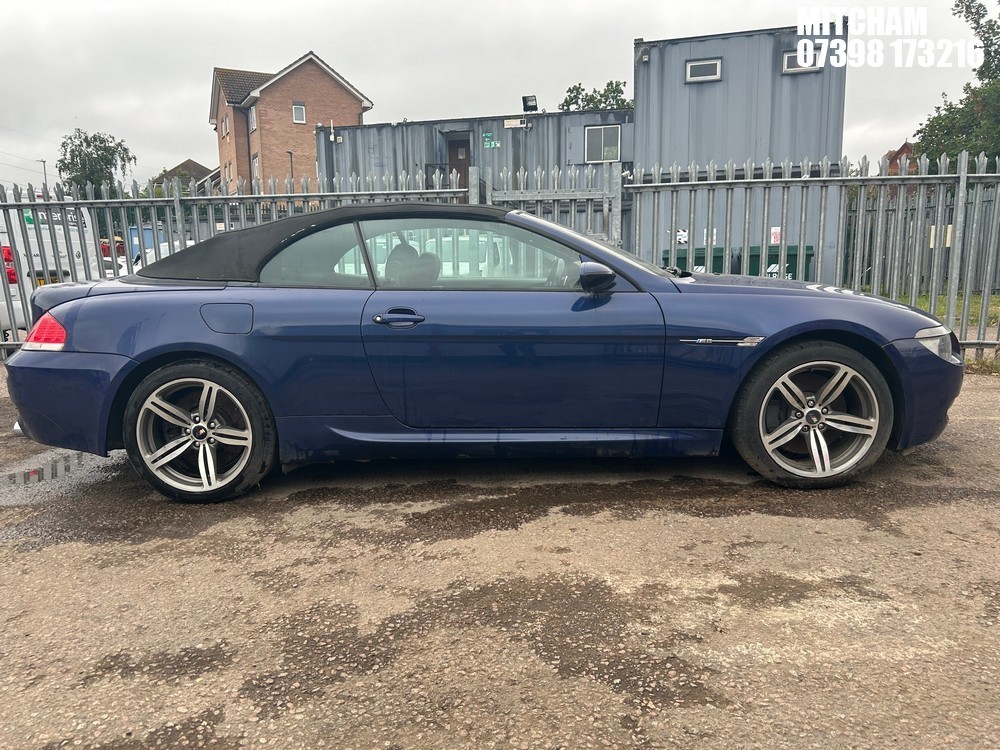

Spoiler Youtube :
Thorgalaeg
Deity
That is a fantastic car, huge engine, good year too. Any repair can be pretty exorbitant though.
Ordnael
I'll be the roundabout
That top does seem to need repair
As I said earlier in the thread I got a similarish car with a bigger engine, and it was less than a quarter of the price. I would so like a soft top though.That is a fantastic car, huge engine, good year too. Any repair can be pretty exorbitant though.
What are you referring to? There is a little algae on it, I suspect it has been through legal proceedings and been sat somewhere since at least when the MOT ran out in 2021. That will be an easy job to clean off. It allows one to make a joke about carbon sequestration if you cannot be bothered.That top does seem to need repair
Was the seventies the malaise era or the start of the boom for car manufacturing?
I just watched a youtube that said that US cars got rubbish in the seventies because regulations meant that to get acceptable thermodynamic efficency they had to make cars like the Cadillac Eldorado with 8.2 liter engines and 190 horsepower and MPG of 9 to 12 . They discuss foreign competition, though not a technology gap in engine design.
Then I read this, that says that when the big three German manufacturers where faced with the same calls for fuel economy they voluntarily agreed to limit their cars to 155 MPH. They say that at the time "the automobile industry was in its early booming stage", which sounds like the opposite of malaise. Randomly clicking on some, Mercedes was getting 182 hp out of 2.7 l in 1972, I cannot find the MPG for that but the less powerfull 2.3 118 hp version here gets 21 mpg in 1973.
Was it really that the US car companies where far behind in technology, and blamed it on the government when everyone else was "booming", or is something else going on here?
I just watched a youtube that said that US cars got rubbish in the seventies because regulations meant that to get acceptable thermodynamic efficency they had to make cars like the Cadillac Eldorado with 8.2 liter engines and 190 horsepower and MPG of 9 to 12 . They discuss foreign competition, though not a technology gap in engine design.
Then I read this, that says that when the big three German manufacturers where faced with the same calls for fuel economy they voluntarily agreed to limit their cars to 155 MPH. They say that at the time "the automobile industry was in its early booming stage", which sounds like the opposite of malaise. Randomly clicking on some, Mercedes was getting 182 hp out of 2.7 l in 1972, I cannot find the MPG for that but the less powerfull 2.3 118 hp version here gets 21 mpg in 1973.
Was it really that the US car companies where far behind in technology, and blamed it on the government when everyone else was "booming", or is something else going on here?
Spoiler Youtube reference :
Thorgalaeg
Deity
Don't know than 'thermodynamic efficiency' means here, efficiency be it thermodynamic or any other kind, means using fewer resources to get the maximum results, I don't see how getting 190 hp only from a 8.2 liters engine at 9 mpg can be efficient in any way. As I have always understood it, the main reason was gasoline was much cheaper in USA so, from a marketing point of view, thinking on cars as an artistic thing and a symbol of social status, it made sense to build huge ship-cars with big fins and huge engines even if that meant horrible mileages and therefore there was little incentive to research for and build smaller more efficient engines as in Europe.
Anyway even if slow, heavy and technically 'primitive', a big ass American car from the 60s 70s, have an aesthetical quality even today, which smaller European cars don't have, even the expensive ones. I still remember when I was a child how the Dodge Dart, manufactured in Spain under license by Barreiros, made everyone turn their heads on the street, something a Citroën DS, much more interesting technically, and more efficient, could not achieve.
I think all that construction collapsed in the second half of the 70s with the oil crisis, then the American car builders found themselves with a delay of about a decade or more respecting Japanese and European manufacturers when tried to build more efficient cars.
Anyway even if slow, heavy and technically 'primitive', a big ass American car from the 60s 70s, have an aesthetical quality even today, which smaller European cars don't have, even the expensive ones. I still remember when I was a child how the Dodge Dart, manufactured in Spain under license by Barreiros, made everyone turn their heads on the street, something a Citroën DS, much more interesting technically, and more efficient, could not achieve.
I think all that construction collapsed in the second half of the 70s with the oil crisis, then the American car builders found themselves with a delay of about a decade or more respecting Japanese and European manufacturers when tried to build more efficient cars.
Was the seventies the malaise era or the start of the boom for car manufacturing?
I just watched a youtube that said that US cars got rubbish in the seventies because regulations meant that to get acceptable thermodynamic efficency they had to make cars like the Cadillac Eldorado with 8.2 liter engines and 190 horsepower and MPG of 9 to 12 . They discuss foreign competition, though not a technology gap in engine design.
Then I read this, that says that when the big three German manufacturers where faced with the same calls for fuel economy they voluntarily agreed to limit their cars to 155 MPH. They say that at the time "the automobile industry was in its early booming stage", which sounds like the opposite of malaise. Randomly clicking on some, Mercedes was getting 182 hp out of 2.7 l in 1972, I cannot find the MPG for that but the less powerfull 2.3 118 hp version here gets 21 mpg in 1973.
Was it really that the US car companies where far behind in technology, and blamed it on the government when everyone else was "booming", or is something else going on here?
Spoiler Youtube reference :
US automakers faced several problems in the 70s.
Mandated emissions controls systems were something that the did not know how to build, and in early years they did not build well. When you hear stories of very large engines with notably very low power for their size, it's mainly that.
Mandates, and market demand, for smaller more fuel efficient cars was something that the US automakers really didn't have much interest in, and little experience in building. So the small models tended to be both poorly designed, and poorly built.
Nothing was really all that well built, because the US auto market wasn't really all that competitive. So the automakers had no culture of quality. Something that they have struggled with ever since.
They had little experience with front wheel drive. Which is a very important design element in making smaller cars more fuel efficient, and to also not be extremely cramped in interior space.
The 1970s saw the first time that foreign automakers were really putting pressure on the domestic market share. While some imported autos have existed in the US since the dawn of the industry, they were bit players of no real consequence, and could be ignored by the Big Three US automakers. By the end of the 70s, that was no longer true.
US automakers have been ceding market share ever since, mostly to the Japanese. But to others as well. They've been slowly retreating from all parts of the market. The capital investment and cultural changes needed to fight for market share across product lines just isn't there.
Many of the WW2 generation refused to buy Japanese or German cars for decades. Younger generations were less concerned.
I do not know what is going on with this car. I looks like an old rubbish american SUV that someone has ruined, but I have never seen a car go up in price so quickly on this auction. It is over £2k and it has only just gone up, no one has bothered to put a bid on the Z4.
2007 JEEP WRANGLER SAHARA UNLIMIT

2007 JEEP WRANGLER SAHARA UNLIMIT

How on earth is this going for so much? It is over £750 already!!!
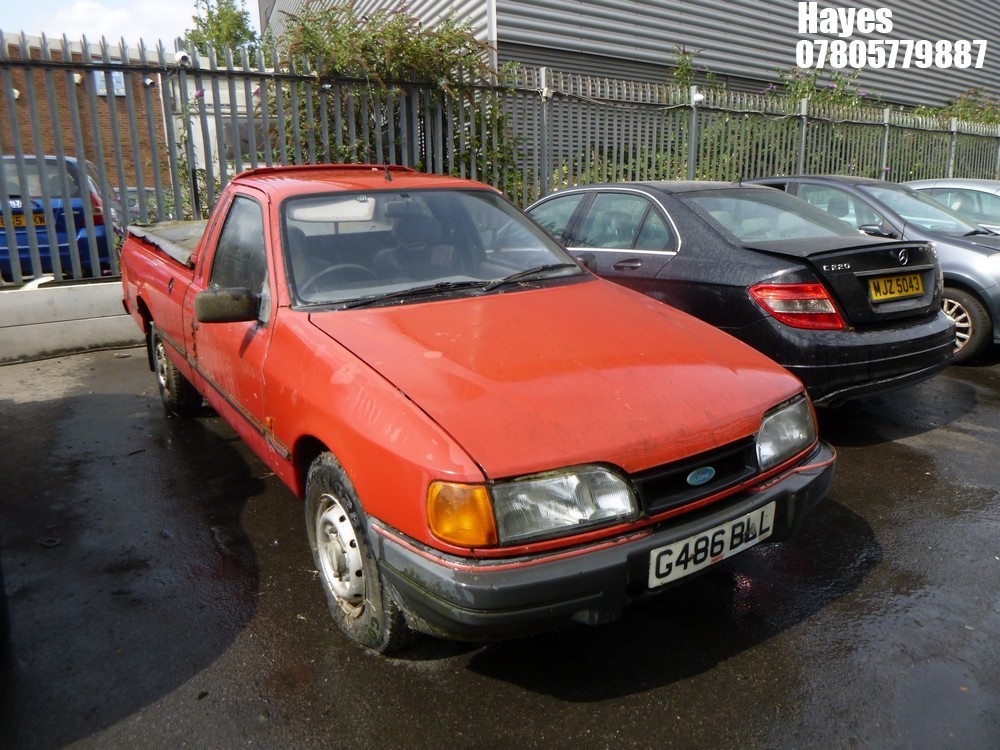
No keys, no MOT, torn seats, soiled interior.
This is the car this week, it has had a little knock but it does not look too bad. A 2011 3l diesel porsche, currently £3k.


No keys, no MOT, torn seats, soiled interior.
This is the car this week, it has had a little knock but it does not look too bad. A 2011 3l diesel porsche, currently £3k.

Why do people care about torque in a car?
Here is what sounds like a fairly well informed description of the performance characteristics of diesel and petrol cars. Most important is his graphs, the text is an example of a common argument, in this rev range this type of engine is better, and torque is important for pulling away and "normal driving".
Below that is another example of someone getting technical by defining the powerband by using the torque curve. However this does include a graph with the second factor that I think everyone should care about, the fuel efficiency, in this case given in kg/kW, I have failed to easily convert that into percentage .
There are really two things that matter to me about a car engines performance; when I want to go faster how quickly does it accelerate and during the 90% of the time I am maintaining a steady speed how efficiently does it work.
Petrols are good because they have a higher power to weight ration at maximum power. Diesels are good because they have a higher fuel efficiency at lower powers. Why does anything else matter?
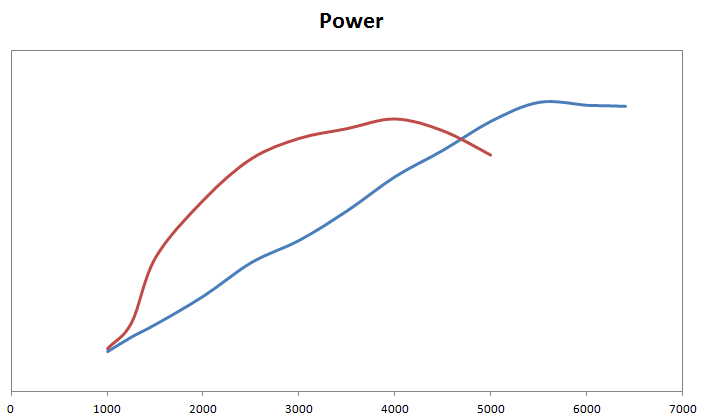


This is the graphs we should care most about:



Petrol vs diesel torque characteristics & driving pattern
How to Drive your Car - Torque & Power Curve
Here is what sounds like a fairly well informed description of the performance characteristics of diesel and petrol cars. Most important is his graphs, the text is an example of a common argument, in this rev range this type of engine is better, and torque is important for pulling away and "normal driving".
Below that is another example of someone getting technical by defining the powerband by using the torque curve. However this does include a graph with the second factor that I think everyone should care about, the fuel efficiency, in this case given in kg/kW, I have failed to easily convert that into percentage .
There are really two things that matter to me about a car engines performance; when I want to go faster how quickly does it accelerate and during the 90% of the time I am maintaining a steady speed how efficiently does it work.
Petrols are good because they have a higher power to weight ration at maximum power. Diesels are good because they have a higher fuel efficiency at lower powers. Why does anything else matter?



This is the graphs we should care most about:



Petrol vs diesel torque characteristics & driving pattern
The debate between petrol-heads & diesel heads are unending. Both these engines have their own advantages & disadvantages. In this thread I have put the power & torque graphs of similar sized naturally aspirated petrol & CRDi with almost similar power ratings. Due to confidentiality issues I have removed the power/torque scale. Please don't ask anything regarding which engines, where etc.
Point 1:
Starting from 1000 RPM to all the upto 4500 Diesel rules. Diesels can produce almost twice the torque at certain RPMs. However in the lag zone 1000-1500 the petrol performs better (except a few lag free diesels) inspite of having the same torque. Why? Firstly the gearing of diesels are taller and then they also suffer from higher kerb weight. In real world Diesels pull 1.5X times harder after the lag zone.
Point 2:
Now where does the petrol score? Inspite of having shorter gearing, the petrol pulls longer. Thanks to its 6500 RPM which can even be enhanced to touch 7000 at your own risk. For example in the 2nd gear the diesel is fine till 65 but runs out of breath at 75. The petrol on the other hand will pull all the way till 85. Similar story extends in all gears.
So it is only post 4500 that petrol has the advantage. Not only because it delivers more torque in that region but also coupled with shorter gearing gives a tremendous advantage.
Point3:
Now in case of normal driving, where the RPM is limited in the range of 1000-4000 it is diesels by a huge a margin. Lets say for example on a diesel car you are traveling at a speed of 100kmph in 5th gear. It will have better acceleration than a petrol traveling in 4th gear. So to emulate the oil burner the petrol needs to fall back in the 3rd gear which IMHO is impractical.
Point 4:
The increase in acceleration on downshifting in a petrol is much more than a diesel. That is because in a diesel when you downshift, you get the advantage in gearing but you loose out on torque as diesels produce less torque at higher RPMs. In other words if you see the power graph of the diesel, it is almost same in the 3000-5000 Range. So if you are in 3000 RPM and you downshift to get in the 4000 RPM zone there is hardly an increase in the available power. In a petrol it is not so. It is only 5500 RPM there is no point downshifting.
At the end of the day it is a personal preference regarding petrol and diesels. I like the characteristics of the diesels and I stand by it.
How to Drive your Car - Torque & Power Curve
Now, check the third curve SPECIFIC FUEL CONSUMPTION. From the graph we can tell tat max fuel efficiency ( least SPECIFIC FUEL CONSUMPTION) is at max torque, & also it is said tat the max performance of the car ( which include power & fuel efficiency) is at the range between rpm @ max torque & max power. This graph varies for different car. For the car shown above, the max performance is from 3900rpm to 5100rpm. This means tat the car (engine & transmission) was designed for this particular rpm band width.
I Own a Fiat Palio MultiJet 1.3D, which I call the “Beast”. For my Beast, the max torque is at 18.8 @ 2,000 (kgm@rpm) & Max power is at 75 @ 4,000 (PS@rpm).
(http://www.cardekho.com/specs/Fiat_...Palio_Stile_Multijet_1.3_SD-specification.htm ) This means my Beast was designed for 2000rpm to 4000rpm. It means, if i drive the car after 4000rpm, the power output of the car decreases. Though the car engine would run at very high rpm, the power output of the car decreases. So, avoid driving after Peak power rpm, which could heat up ur engine very quickly.
Last edited:
